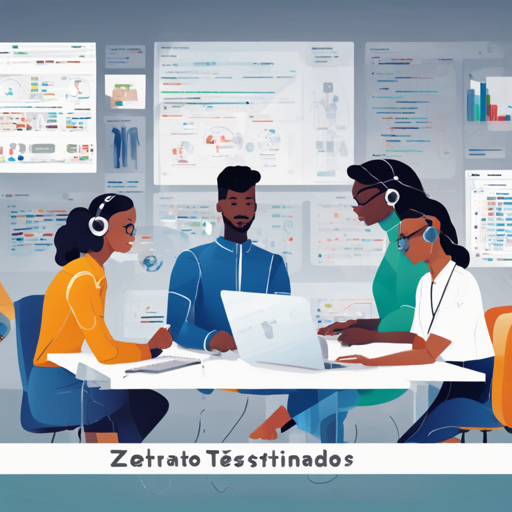Are you looking for a way to simplify your automated testing processes for APIs and data streams? Look no further than Zerocode, a modern, lightweight framework designed specifically for creating executable test scenarios using JSON or YAML. In this blog, we will guide you through the steps to effectively implement Zerocode in your testing workflow, feature troubleshooting tips, and explanations of its functionality through a friendly analogy.
What is Zerocode?
Zerocode simplifies the world of API and data-streaming automation including Kafka, allowing you to write, maintain, and execute tests with minimal overhead. It supports both declarative configuration and automation, making it user-friendly and efficient to deploy in various environments.
Getting Started with Zerocode
Follow these steps to get started:
- First, ensure that you have Maven installed on your system.
- Add the Zerocode Maven dependency to your project.
- Define your API tests using the JSON or YAML formats.
- Run your tests and verify the output against expected results.
Writing Your First Test
Let’s walk through an example to illustrate how Zerocode works. Imagine you are trying to test a REST API endpoint:
url: apiv1customers123
method: GET
request:
headers:
Content-Type: application/json
retry:
max: 3
delay: 1000
verify:
status: 200
headers:
Content-Type: [ application/json; charset=utf-8 ]
body:
id: 123
type: Premium Visa
addresses:
- type: Billing
line1: 10 Random St
verifyMode: LENIENTUnderstanding the Code Through Analogy
Think of testing your API like sending a letter through a postal service. Each part of the test is an essential element of sending that letter:
- URL: This is the address where your letter is going.
- Method: This represents the type of action you wish to perform (send, receive).
- Request: The content of your letter including its headers is like writing the message and sealing the envelope.
- Response Verification: Just as you’d wait for a reply, here you are checking if you received a correct response, much like confirming you got a response letter matching your expectations.
This analogy simplifies how Zerocode operates, making it easy to visualize the testing process.
Troubleshooting Tips
While using Zerocode, you might encounter a few hiccups along the way. Here are some common troubleshooting ideas:
- Ensure that your API endpoints are correctly defined and accessible.
- Double-check the headers and data formats in your test files.
- Check if there are any existing network issues that may interfere with your API calls.
- Look into console logs for error messages if tests are not behaving as expected.
- For more insights, updates, or to collaborate on AI development projects, stay connected with fxis.ai.
Conclusion
By integrating Zerocode in your API and Kafka testing processes, you can achieve greater accuracy and efficiency. Many renowned organizations are already leveraging Zerocode for their microservices and data pipelines, proving its robustness and adaptability.
At fxis.ai, we believe that such advancements are crucial for the future of AI, as they enable more comprehensive and effective solutions. Our team is continually exploring new methodologies to push the envelope in artificial intelligence, ensuring that our clients benefit from the latest technological innovations.
Happy Testing!

